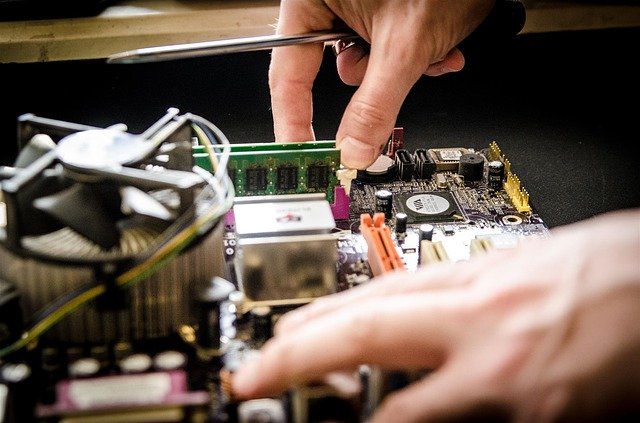With artificial intelligence continuing to boom in demand, many are finding ways to use it across the financial sector. From helping consumers budget strategically to determining how to track real-time spendings, AI has been a key staple in personal finance since the very beginning. Today, what if we told you banks are also starting to utilize AI tools, particularly to better identify borrowers beyond just credit score?
Traditionally, a credit score has acted as a gatekeeper for entrepreneurs wanting to kickstart their businesses. Whether a small entity in a remote town or a highly-regarded company in a city, secure funding has often been determined by a three-digit score. But as banks are wanting to steer away from conventional lending, modern AI tools are signaling how to evaluate financial opportunity differently.
As one University of Missouri study found, AI could be the new frontrunner for small businesses looking to secure loans—even for those who may not have proximal access to a brick-and-mortar bank branch. In essence, by leveraging machine learning algorithms, banks have the potential to tap into vast pools of data quickly, offering a full look into a business owner’s entire financial footprint, rather than just their credit report alone.
“AI is helping banks make more informed lending decisions by analyzing a broader range of data points beyond just credit scores. It can consider things like income patterns, spending behavior, and on-time payments for utilities or rent, which gives a more accurate and inclusive view of someone’s financial reliability,” Brian Sathianathan said, co-founder of Iterate.ai and AI expert.
If banks resort to AI, it could also address the long-time gap of America’s economy. Because as small business owners have previously been denied with their credit score, now they can operate successfully with a more proactive, overarching view of their financial standing.
“This is especially important for people who may not have access to traditional credit. For young professionals entering tech or finance, understanding how these AI systems work, and how to apply them responsibly, is a smart move. It’s not just about technical skills, but about building tools that create more equitable outcomes,” Sathianathan also noted.
Data also agrees AI tools might be the next method in order to sustain business growth and operations. According to a survey, approximately 36% of small businesses are denied funding from banks because of their credit score. Similarly, the borrowing approval rate is higher for institutional leaders than any other type of lending entity. Nonetheless, AI tools, if implemented carefully and ethically, could help resolve these longstanding issues.
Importantly, unlike human loan officers, AI is less likely to be influenced by unconscious bias. Given AI generates responses based on existing datasets, they can make fast lending decisions that are rooted in process and patterns instead of judgement. Its quickness also benefits lenders, helping banks issue loans more efficiently.
Still, while AI serves banks and business owners greatly, critics argue caution. AI systems are only as good as the data they’re trained on, and using them to make important money decisions should be approached with strategy. Transparency, accountability, and regulation will be key to ensuring these tools benefit everyone and their goals equally.
The harms aside, the future of AI for businesses looks bright, and it is only a matter of time until the American economy will see the benefits firsthand. By embracing AI tools, banks can begin to evaluate business owners as holistic individuals with financial potentials way above their sole credit score. In turn, entrepreneurship will soar in innovation and development, ultimately serving communities to meet long-term priorities.
While AI is always a resourceful novelty when it’s used wisely, perhaps it will be a catalyst for small business owners everywhere. So for those looking to lend, don’t be fooled when AI becomes the backbone of how money is borrowed.



